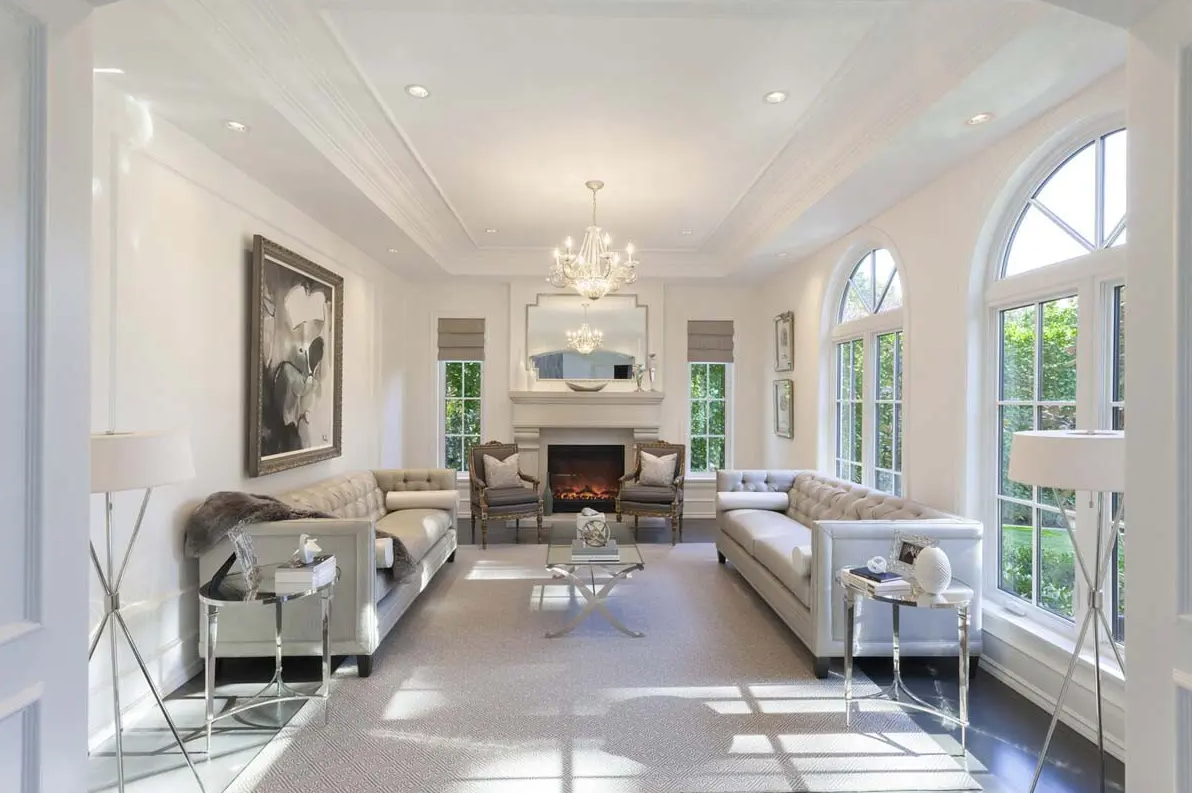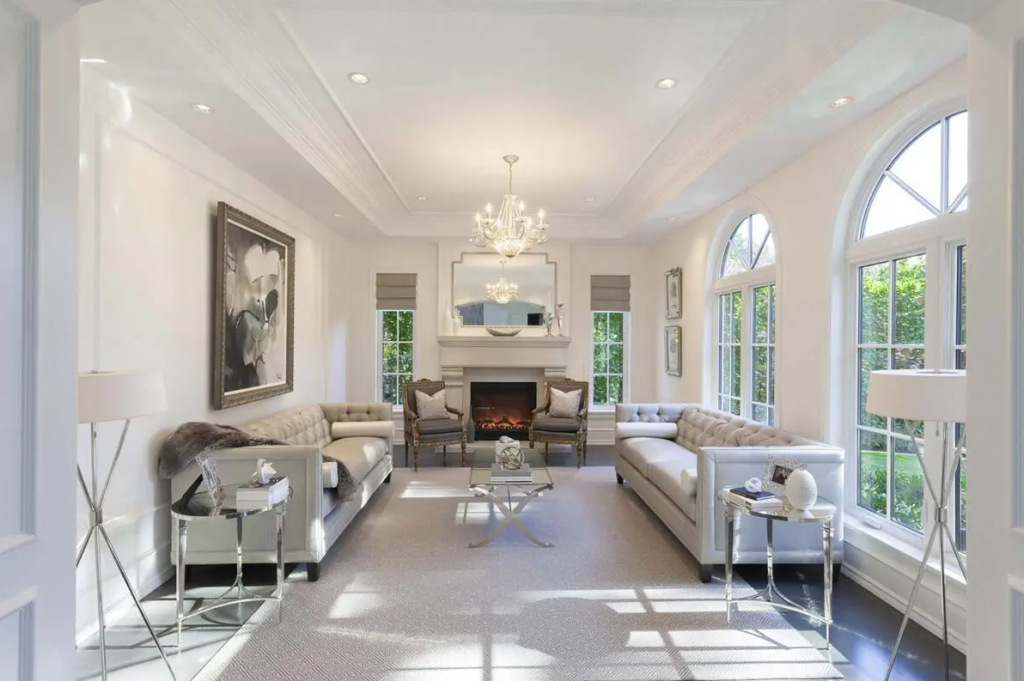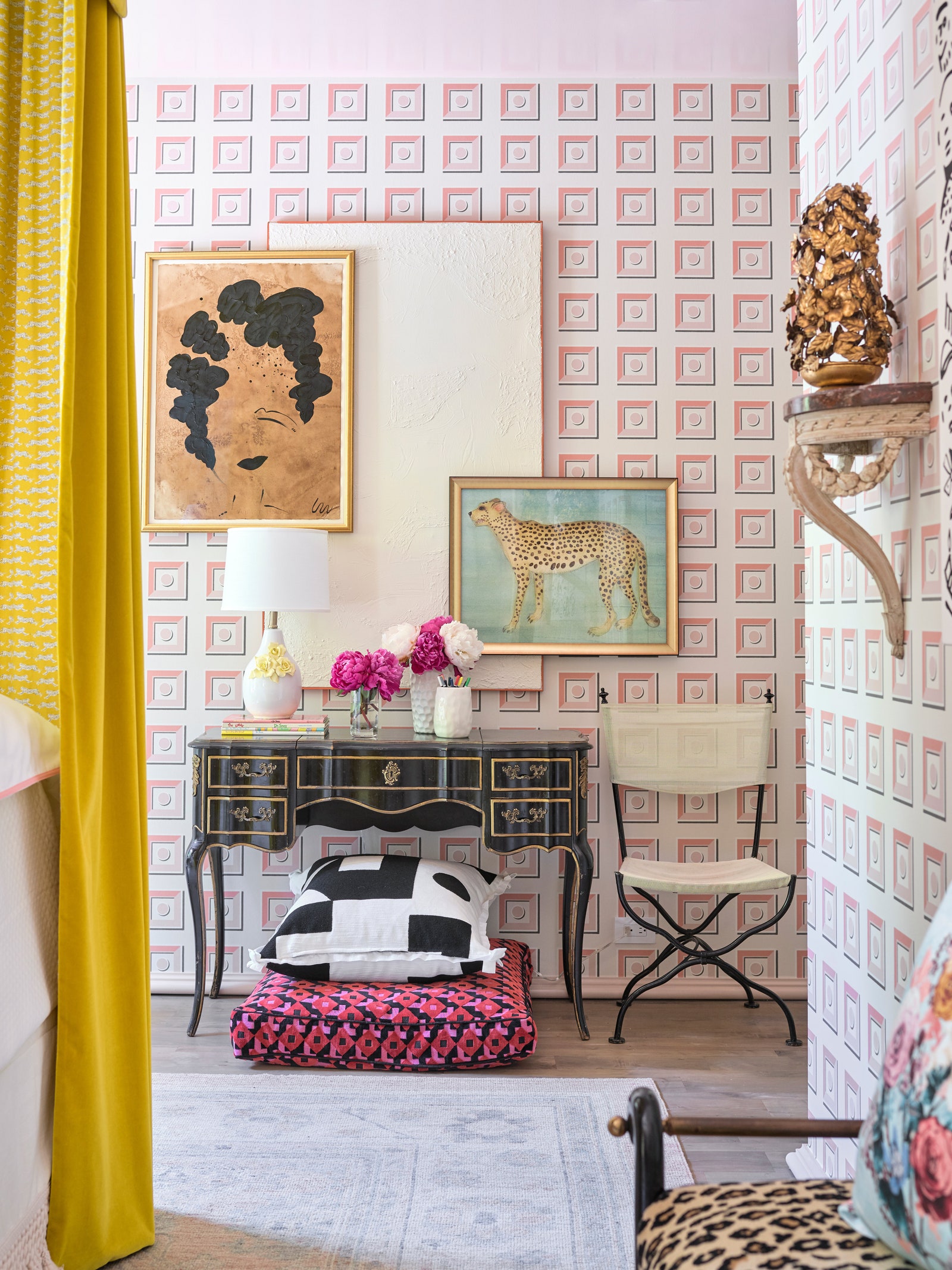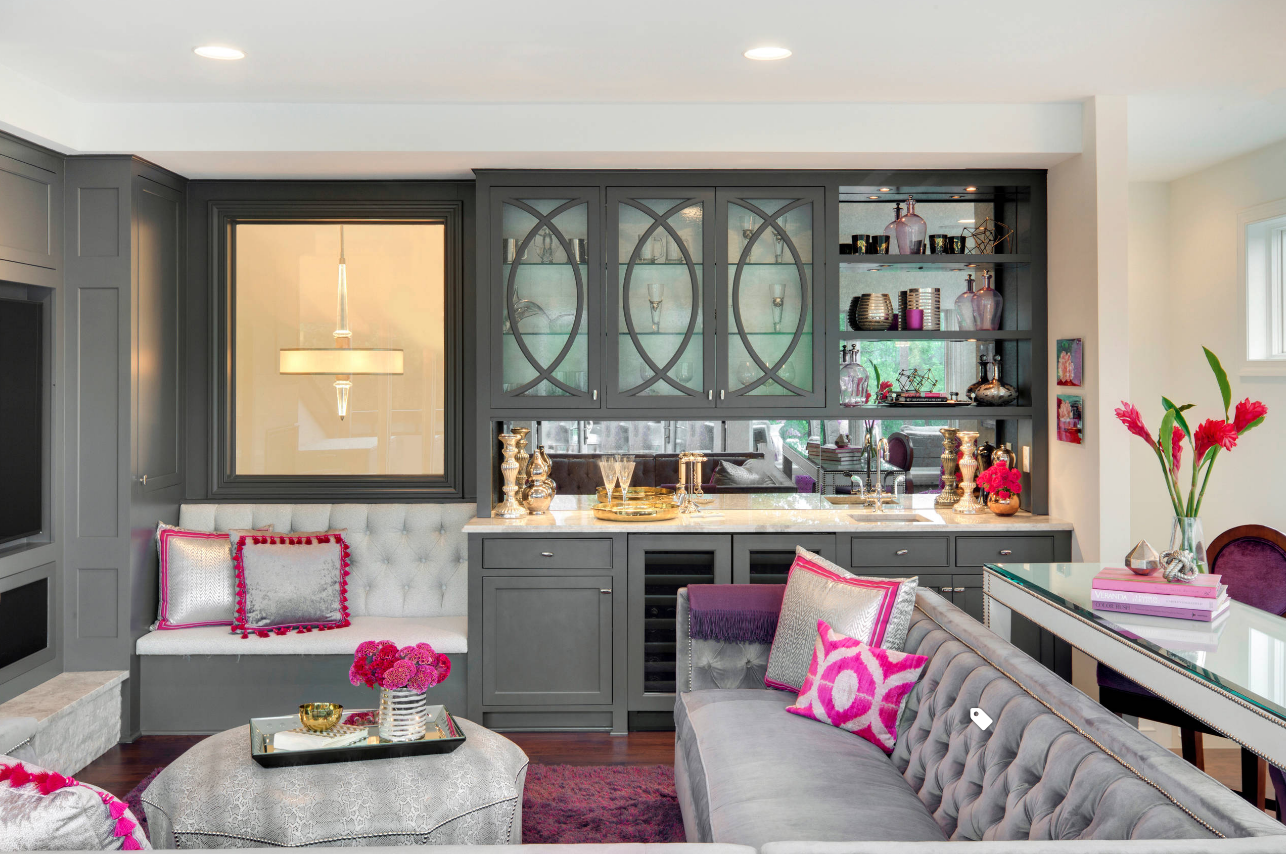How Interior Design Can Increase Your Home’s Value Before Selling

Selling a home is not just about putting a “For Sale” sign on the lawn and waiting for offers to roll in. In a competitive market, homeowners need to do what they can to make their home rise above the rest, attract the attention of the right buyers, and achieve the best price!

One of the most powerful but overlooked ways of doing this is through interior design. A great interior design can render a home more appealing, looking bigger, newer, and friendlier. Purchasers do not merely purchase houses due to square meters or position but are also significantly influenced by the appearances, functionality, and overall ambiance of a house. The way a house looks and feels can cause it to sell quickly or remain on the market for months.
By incorporating well-considered design elements, homeowners are able to convert their homes into desirable sanctuaries that attract prospective buyers. Whether upgrading key rooms, optimizing light, clearing out clutter, or staging, understated alterations can lead to significant increases in a home’s value. The following is the way interior design can play a role in adding value to your home before you put it up for sale.
The Power of First Impressions: Setting the Right Tone
The initial impression is important in selling a house. Buyers usually form an opinion within seconds of stepping into the house, and that impression will set the tone for their entire experience. A house appearing outdated, messy, or badly laid out has the potential to dissuade buyers from pursuing further, while a tastefully designed, well-maintained house welcomes them in at once.
One of the greatest benefits of creating a positive first impression is focusing on the entrance. This is the very first space of the house potential buyers are going to observe, so it should be warm and welcoming, intimate, and pleasant to look at. Fresh coat of new neutral paint color, stylish console table, refined lighting, and a mirror to reflect light can do wonders.
And also, a house’s scent matters. Fresh and clean is better than bad smells from animals, food, or mold to present a good image on the fly. Consider delicate improvements such as scented candles, cut flowers, or aromatherapy diffusers with soothing scents such as lavender or citrus for pre-showings.
Maximizing Space and Functionality: Making Every Room Count
One of the most significant items that purchasers look for in a house is space. Even when a house is not large, smart interior design will give the impression that there is more room and functionality. A well-designed house will have an open, airy, and well-thought-out feel.
Begin by decluttering. Taking out unnecessary furniture, personal objects, and excess decor can immediately create the sensation of a larger and more inviting room. Purchasers need to be able to visualize themselves residing in the house, and too many personal items may make that hard.
Attempt to rearrange furniture for better flow. Closely arranged rooms feel cramped, but nicely spaced furniture configurations make a home feel open and inviting. In small rooms, mirrors placed strategically can be utilized to reflect light and create the appearance of depth.
Additionally, multifunctional furniture can demonstrate how a room can be utilized efficiently. For example, a fold-down desk in a guest room can show buyers that the room could also double as a home office, or a stylish storage ottoman in the living room can demonstrate hidden storage options.
Enhancing Natural Light: Creating a Bright and Airy Atmosphere
A lightly illuminated home looks roomier, brighter, and inviting. A heavily curtained or dimly lit home feels cramped and less attractive. Making a home more appealing is one of the easiest things to do, and that involves maximizing the amount of natural light.
Start by removing thick curtains and replacing them with sheer curtains or blinds that allow sunlight penetration. In case discretion is an issue, utilize light-colored or semi-transparent window coverings that still allow light penetration while maintaining discretion.
Another trick is to use mirrors to reflect light. Positioning mirrors across from windows can be used to reflect natural light throughout the room, making the room look brighter and more spacious.
If your home does not receive much natural light, invest in modern lighting fixtures that light up every room. Ditch old, dull lights with stylish pendant lights, recessed lights, or even floor lamps strategically placed to create a warm and inviting ambiance.
Modernizing Key Spaces: The Kitchen and Bathrooms Matter Most
Kitchens and bathrooms are two of the most scrutinized rooms in any home sale. Purchasers give these rooms a close examination because they are typically the most expensive areas to modernize. Tired bathrooms and outdated kitchens can make a home seem less valuable, while an updated, modern room can greatly enhance its attractiveness.
In the kitchen, consider refresh rather than complete remodel. If a full renovation isn’t in the budget, attempt some small updates like painting cabinets, installing new hardware, installing new light fixtures, or replacing existing countertops with new, budget-friendly options like quartz or butcher block. Stainless steel appliances, even lower-end models, give a clean, modern appearance.
For the bathrooms, a fresh coat of paint, new vanity, modern light fixtures, and stylish tile work can completely transform the space. Spa-quality bathrooms are appealing to buyers, so adding small luxury touches such as rainfall showerheads, frameless glass shower doors, or decorative mirrors can make a wonderful impact.
Creating a Cohesive Aesthetic: A Unified Look Sells
A home with a consistent design theme appears more elegant and sophisticated. Blended styles, clashing colors, and unrelated furnishings can cause a home to appear cluttered. Instead, select a neutral, cohesive theme that will appeal to a broad range of buyers.
Neutral shades like whites, beiges, and grays are always a safe choice. They make a house that looks clean, modern, and move-in ready. While bold colors are appealing, they may not be everyone’s cup of tea. If you love statement walls, use removable wallpaper so buyers can view that they can just change up the look.
Interior consistency is also essential. If you have different flooring throughout the house, consider redoing them to be uniform or at least creating a smooth transition from one room to another. Synchronizing fixtures, including matching hardware finishes in the kitchen and bathrooms, also provides a smooth look.
The Value of Professional Home Staging and Expert Advice
Home staging is a lifesaver when preparing to sell a house. Staging professionals understand the buyer’s psychology and how to place furniture and accessories to highlight a home’s assets and deflect from its drawbacks.
An empty house typically sells faster and for more money than an unoccupied or cluttered house. Even if full-staging is not feasible, it is worth it to introduce a bit of elegance in some ways, like fresh flowers, some neutral paintings, or carefully placed decorative pillows and throws.
Additionally, working with experienced professionals like Assured Property Solutions can provide valuable insights. They understand market trends and can recommend which interior design changes will provide the best return on investment.
The Emotional Connection: Why Buyers Pay More for a Home That Feels Right
In addition to functionality and beauty, a well-designed house creates an emotional connection. Homebuyers want to feel at home as soon as they walk into the house. Soft lighting, cozy textures, thoughtfully arranged furniture, and a touch of greenery can invite a sense of comfort and belonging.
When customers emotionally connect with a house, they will be willing to make competitive offers. A well-designed home can make them feel like they don’t just want to buy a home—but that they’ve discovered their home.
Conclusion: Interior Design as a Smart Investment
Interior home design is more than decoration—it’s a strategic way of increasing house value and attracting buyers. From curb appeal and staging to lighting and essential space remodels, subtle changes can mean substantial financial gains.
Good design choices can help your home stand out in the market, sell faster, and for more money. Use the chance to enhance your home’s appeal prior to listing it—you’ll be happy you did when you reach closing.








